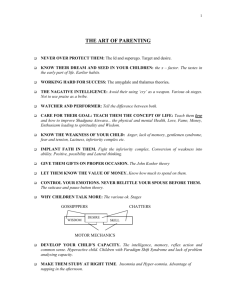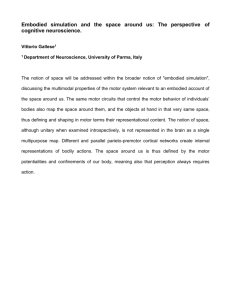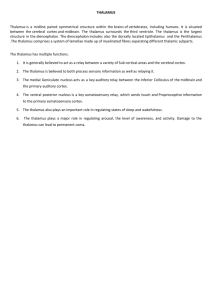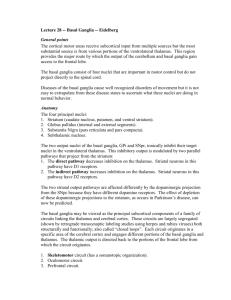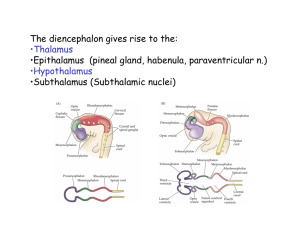paper - Kinetix Events
advertisement
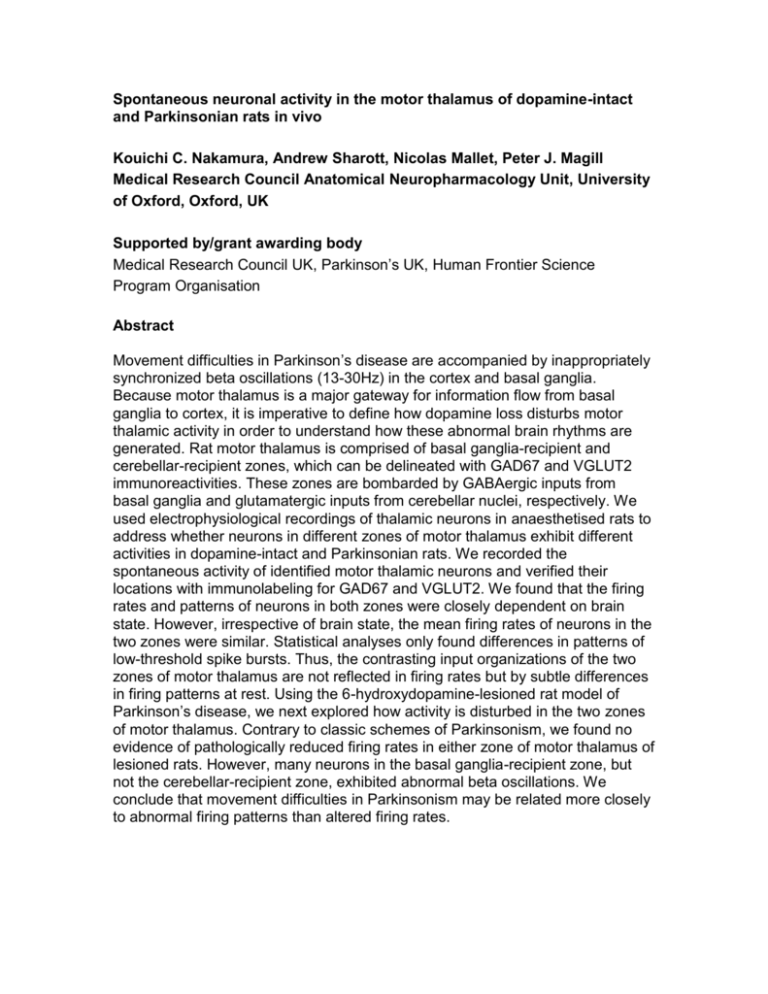
Spontaneous neuronal activity in the motor thalamus of dopamine-intact and Parkinsonian rats in vivo Kouichi C. Nakamura, Andrew Sharott, Nicolas Mallet, Peter J. Magill Medical Research Council Anatomical Neuropharmacology Unit, University of Oxford, Oxford, UK Supported by/grant awarding body Medical Research Council UK, Parkinson’s UK, Human Frontier Science Program Organisation Abstract Movement difficulties in Parkinson’s disease are accompanied by inappropriately synchronized beta oscillations (13-30Hz) in the cortex and basal ganglia. Because motor thalamus is a major gateway for information flow from basal ganglia to cortex, it is imperative to define how dopamine loss disturbs motor thalamic activity in order to understand how these abnormal brain rhythms are generated. Rat motor thalamus is comprised of basal ganglia-recipient and cerebellar-recipient zones, which can be delineated with GAD67 and VGLUT2 immunoreactivities. These zones are bombarded by GABAergic inputs from basal ganglia and glutamatergic inputs from cerebellar nuclei, respectively. We used electrophysiological recordings of thalamic neurons in anaesthetised rats to address whether neurons in different zones of motor thalamus exhibit different activities in dopamine-intact and Parkinsonian rats. We recorded the spontaneous activity of identified motor thalamic neurons and verified their locations with immunolabeling for GAD67 and VGLUT2. We found that the firing rates and patterns of neurons in both zones were closely dependent on brain state. However, irrespective of brain state, the mean firing rates of neurons in the two zones were similar. Statistical analyses only found differences in patterns of low-threshold spike bursts. Thus, the contrasting input organizations of the two zones of motor thalamus are not reflected in firing rates but by subtle differences in firing patterns at rest. Using the 6-hydroxydopamine-lesioned rat model of Parkinson’s disease, we next explored how activity is disturbed in the two zones of motor thalamus. Contrary to classic schemes of Parkinsonism, we found no evidence of pathologically reduced firing rates in either zone of motor thalamus of lesioned rats. However, many neurons in the basal ganglia-recipient zone, but not the cerebellar-recipient zone, exhibited abnormal beta oscillations. We conclude that movement difficulties in Parkinsonism may be related more closely to abnormal firing patterns than altered firing rates.

